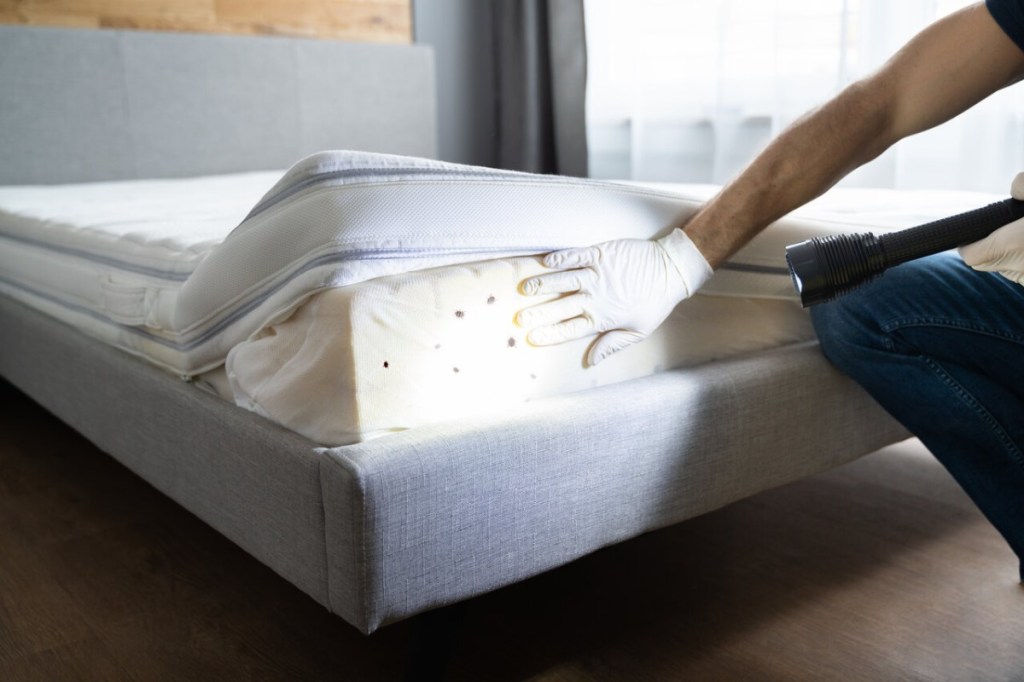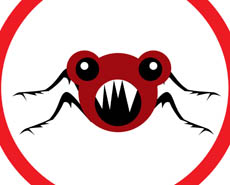Pest Defense
Keeping Bed Bugs at Bay
A feature on bed bugs was one of the most popular postings in the early years of The Balance Sheet. With higher post-pandemic travel volume, resistance to pesticides and other factors increasing the pest’s numbers in the U.S., this seems like a good time to revisit the issue. What are bed bugs? The common bed […]

